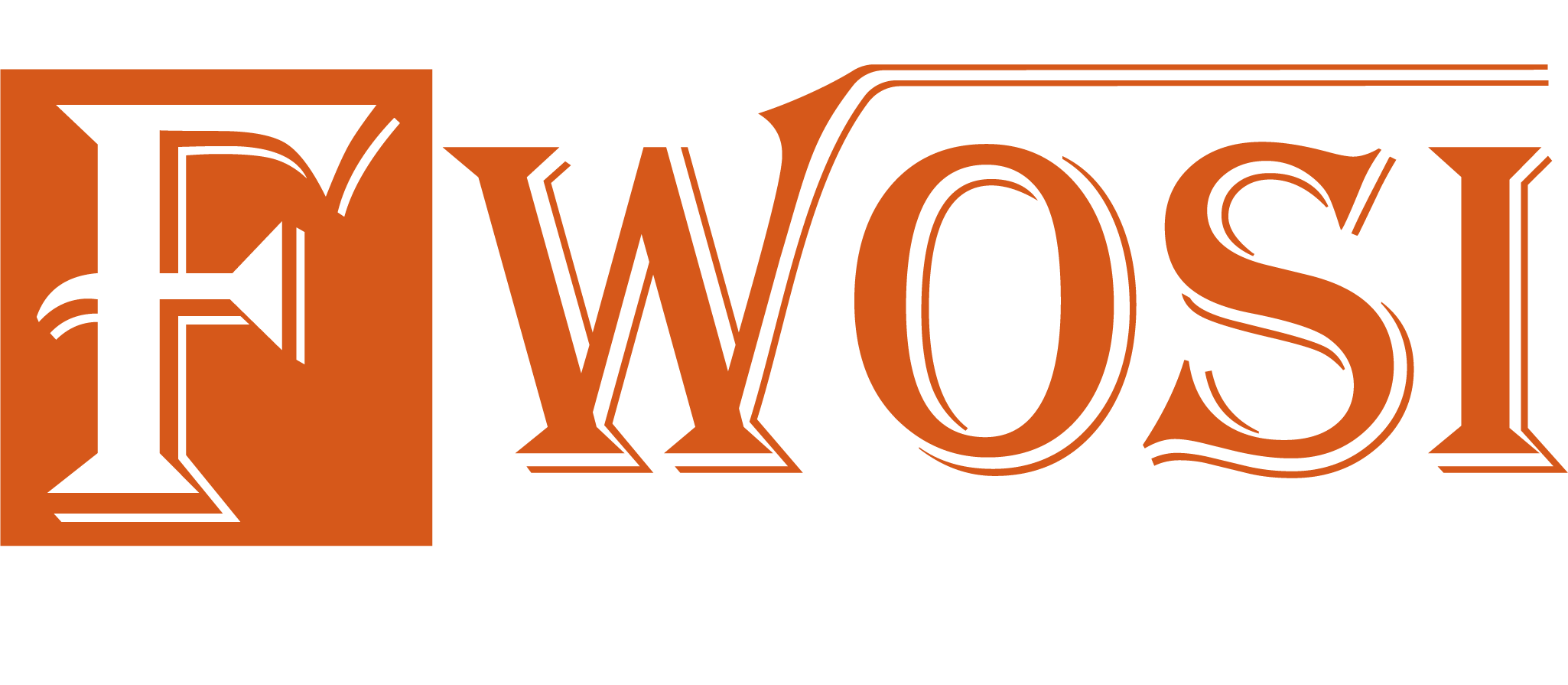Different Types of Blades for Knives – Shapes and Uses

Quick Summary:
- Learn the most common knife blade types and their best uses.
- Discover how blade shape and size impact cutting performance.
- Explore styles like drop point, tanto, clip point, and more.
- Find out which blade types stay sharp the longest.
- See how these blade styles are featured in kukri knives Collection.
Knives have been trusted tools for centuries — helping us cut, slice, and shape our way through everything from daily tasks to survival situations. Whether in the kitchen, on the job, or outdoors, the blade is a tool we rely on every day. When it comes to knives, the blade shape is more than just a design choice — it can change how a knife feels, moves, and works.
Whether you're slicing vegetables, opening a box, or heading into the outdoors, choosing the right blade type can make all the difference. There are many types of blades for knives, each designed for specific uses. From the sharp precision of a drop point to the rugged power of a tanto, understanding these knife blade types helps you pick the right tool for the task.
In this guide, we’ll break down the different kinds of blades, their shapes, and how they can be used — so you can feel more confident whether you're buying a new knife or just curious about the styles out there.
10 Common Knife Blade Types and Their Uses
Understanding knife blade types can help you choose the right tool for everyday jobs or specific tasks. Each shape is made with a purpose in mind — from precision work to heavy-duty use.
Here's a breakdown of some of the most popular and practical blade types out there.
1. Drop Point
The drop point blade is one of the most common and trusted knife blade shapes. Its back (or spine) gently curves down toward the tip, giving it a strong point that’s less likely to break.

✔️ Key Features
- Rounded, convex curve from spine to tip
- Large belly area for slicing
- Balanced tip strength and control
⚙️ Common Uses
- Great for everyday carry (EDC) knives
- Popular in hunting and skinning knives
- Ideal for general slicing, cutting, and controlled tasks
2. Clip Point
The clip point blade is easy to spot thanks to its concave “clipped” spine near the tip. This design gives it a sharper, thinner point that’s excellent for control and detailed cutting.

✔️ Key Features
- A straight or curved spine that appears “clipped”
- Fine, sharp tip ideal for piercing
- Typically features a long cutting edge
⚙️ Common Uses
- Great for precision work like carving or slicing
- Popular in pocket knives, bowie knives, and utility blades
- Useful for piercing materials or detail cutting
3. Tanto Point
The tanto blade takes its inspiration from traditional Japanese swords. It’s known for its angular tip, where the edge meets the point in a straight, strong line — rather than a curve.

✔️ Key Features
- Sharp, angled tip for focused force
- Flat grind along the blade for strength
- Usually a thick, reinforced spine
⚙️ Common Uses
- Ideal for piercing tough materials like leather or synthetic fabric
- Popular in tactical and rescue knives
- Often used where blade strength and tip durability matter
4. Spear Point
The spear point blade is perfectly symmetrical, with both sides of the blade mirroring each other and meeting at a central tip. This makes it one of the most balanced blade styles available.

✔️ Key Features
- Even shape with a centered point
- Can be single or double-edged
- Balanced design for forward motion
⚙️ Common Uses
- Commonly seen in throwing knives and daggers
- Suitable for piercing and thrusting
- Often used in tactical or self-defense tools
5. Sheepsfoot
The sheepsfoot blade features a flat cutting edge and a curved spine that slopes down to meet the edge at a dull point. This shape offers control while reducing the risk of accidental punctures.

✔️ Key Features
- Straight cutting edge
- Rounded spine that drops toward the tip
- Blunt point for safety and precision
⚙️ Common Uses
- Ideal for controlled slicing in tasks like woodworking or food prep
- Frequently found in rescue knives and utility tools
- Helpful in situations where piercing should be avoided
6. Wharncliffe
The Wharncliffe blade stands out among different types of blades for its straight cutting edge and a spine that tapers gradually from handle to tip. Unlike the sheepsfoot, the Wharncliffe’s drop is more gradual, which gives users even greater control during precise cutting tasks.

✔️ Key Features
- Straight, uniform edge from heel to tip
- Spine slopes gently downward, creating a low, fine point
- Robust blade construction for added strength
⚙️ Common Uses
- Favored for detailed work, such as carving, whittling, and utility cutting
- Popular in pocket knives and EDC tools for its versatility
- Excellent for controlled slicing and push cuts
7. Straight Back
The straight back blade is a classic among different types of blades for knives, instantly recognizable by its flat spine and gently curved cutting edge. This blade style is sometimes called a 'standard' or 'normal' blade, and it’s a staple in kitchens and workshops worldwide.

✔️ Key Features
- Flat, straight spine from handle to tip
- Curved edge that sweeps upward toward the point
- Sturdy, balanced construction for control and durability
⚙️ Common Uses
- Excellent for chopping, slicing, and push cuts thanks to the strong spine
- Popular in chef’s knives, kitchen knives, and some outdoor knives
- Ideal for tasks that require both power and precision, like preparing vegetables or slicing meat
8. Trailing Point
The trailing point blade is recognized by its spine that curves upward to create a raised tip. This design maximizes the cutting length and makes it exceptionally good for slicing and skinning.

✔️ Key Features
- Spine curves upward
- Large cutting surface
- Thin, keen edge
⚙️ Common Uses
- Excellent for skinning game due to its large, controllable edge
- Ideal for slicing meats or preparing fish
- Helpful in any task where a long, sweeping cut is needed
9. Needle Point
The needle point blade is characterized by its slim, sharply tapered point, resembling a needle. This design makes it ideal for tasks requiring precision and penetration.

✔️ Key Features
- Very fine, acute point
- Typically a narrow blade profile
- Designed for piercing and detail work
⚙️ Common Uses
- Excellent for intricate tasks like surgery or fine detail work
- Used in some types of sporting knives, like those for fileting
- Can be found in specialized tools where precision is key
10. Serrated Blades
Serrated blades are instantly recognizable by their jagged, saw-like edge, setting them apart from other types of blades for knives. This unique blade style is engineered to tackle tough, fibrous materials that might challenge a straight edge.

✔️ Key Features
- Toothed or scalloped cutting edge
- Alternating points and valleys along the blade
- Designed for a sawing, push-pull motion
⚙️ Common Uses
- Perfect for slicing through crusty bread, tomatoes, or citrus fruits without crushing
- Widely used in bread knives, steak knives, and some outdoor or rescue knives
- Effective for cutting rope, fabric, or other fibrous materials
Explore similar blade styles used in Kukri knives and Machetes in our collection!
Understanding Blade Sizes and Their Impact
When exploring different knife blade types, shape isn’t the only factor that matters — blade size plays a big role in how a knife performs. The length and width of a blade can influence everything from control and comfort to cutting power.
Blade Length
- Short blades (under 3 inches) offer more control and are easier to carry — perfect for precision tasks and everyday carry (EDC) knives.
- Medium blades (3–5 inches) strike a balance between maneuverability and cutting strength.
-
Longer blades (over 5 inches) can handle heavy-duty cutting, chopping, or outdoor use — but may feel bulky for everyday use.
Blade Width
- Wider blades tend to be stronger and better suited for tough materials.
- Narrower blades offer more precision, especially for slicing or carving.
When choosing a knife, think about how you'll use it — a small folding knife for daily tasks might need a different blade size than a camping or survival tool. There’s no “one-size-fits-all,” but understanding size helps you match the knife to the job.
Also Read: Types of machetes
Which Knife Blade Types Are the Sharpest?
When it comes to sharpness, it’s not just about the blade shape — materials, edge angle, and how the blade is used all play a part. Some knife blade types are designed to stay sharp longer, while others are easier to sharpen when needed.
What Affects Sharpness?
- Blade Material: High-carbon and stainless steels tend to hold an edge well. Some premium steels are made to resist wear and dulling.
- Edge Geometry: Thinner blades with fine bevels often feel sharper, especially for slicing. Hollow grinds and narrow points increase perceived sharpness.
-
Blade Use: A knife’s task matters. Slicing food and carving wood require different edge strengths.
While no blade stays sharp forever, choosing the right type based on your needs can help you get more consistent cutting performance.
Also Read: How to Sharpen a Machete
Conclusion
Choosing the right blade isn’t just about style — it’s about function. With so many knife blade types available, from drop points to tanto tips, each design offers something different in terms of control, strength, and performance.
By understanding the different types of blades for knives, you can pick the one that suits your task — whether that’s slicing vegetables, tackling an outdoor job, or collecting unique blade styles. Blade shape, size, and material all play a role in how a knife feels and works in your hand.
Related Article: Different Types of Swords
Reference taken: red label abrasives
FAQs on Types of Blades For Knives
What is the difference between the sizes of the blades?
Blade size affects control, cutting depth, and portability.
What type of blades are the sharpest?
Sharpness can depend on blade material and edge design; some blades are engineered to retain sharpness longer.
What are the different types of knife blades?
Common types include drop point, clip point, tanto, spear point, sheepsfoot, and more, each serving specific purposes.
Which blade type is best for everyday carry?
Drop point and clip point blades are popular for their versatility and ease of use.


